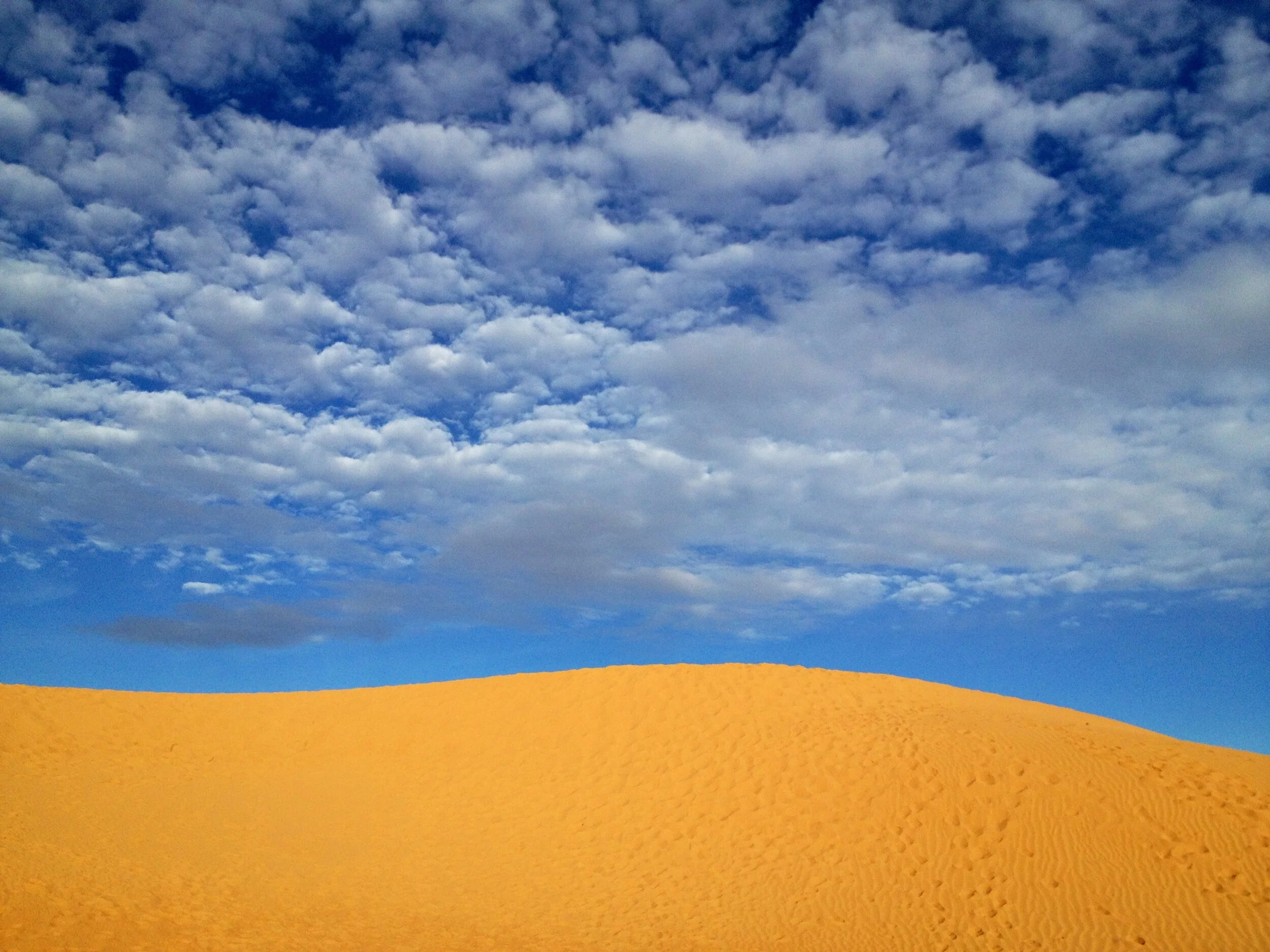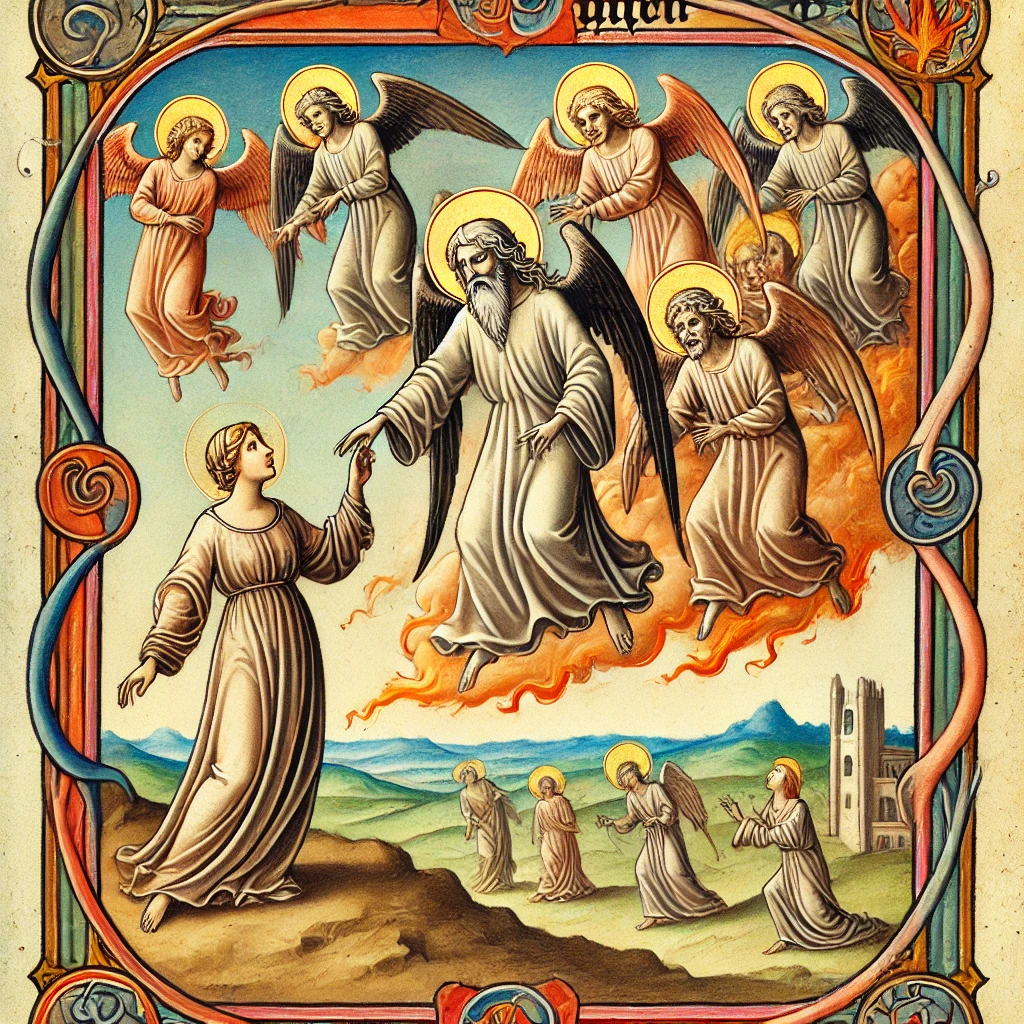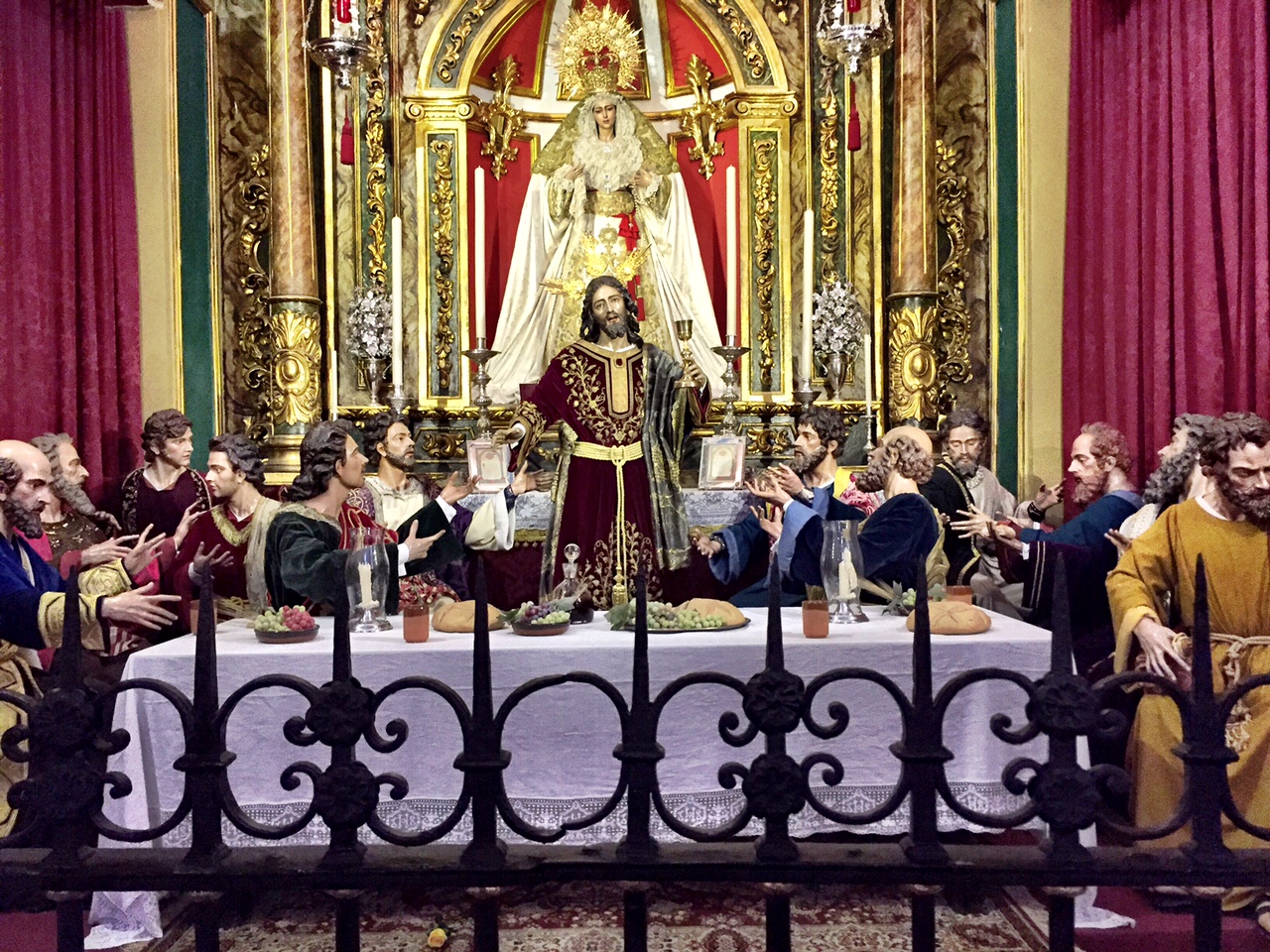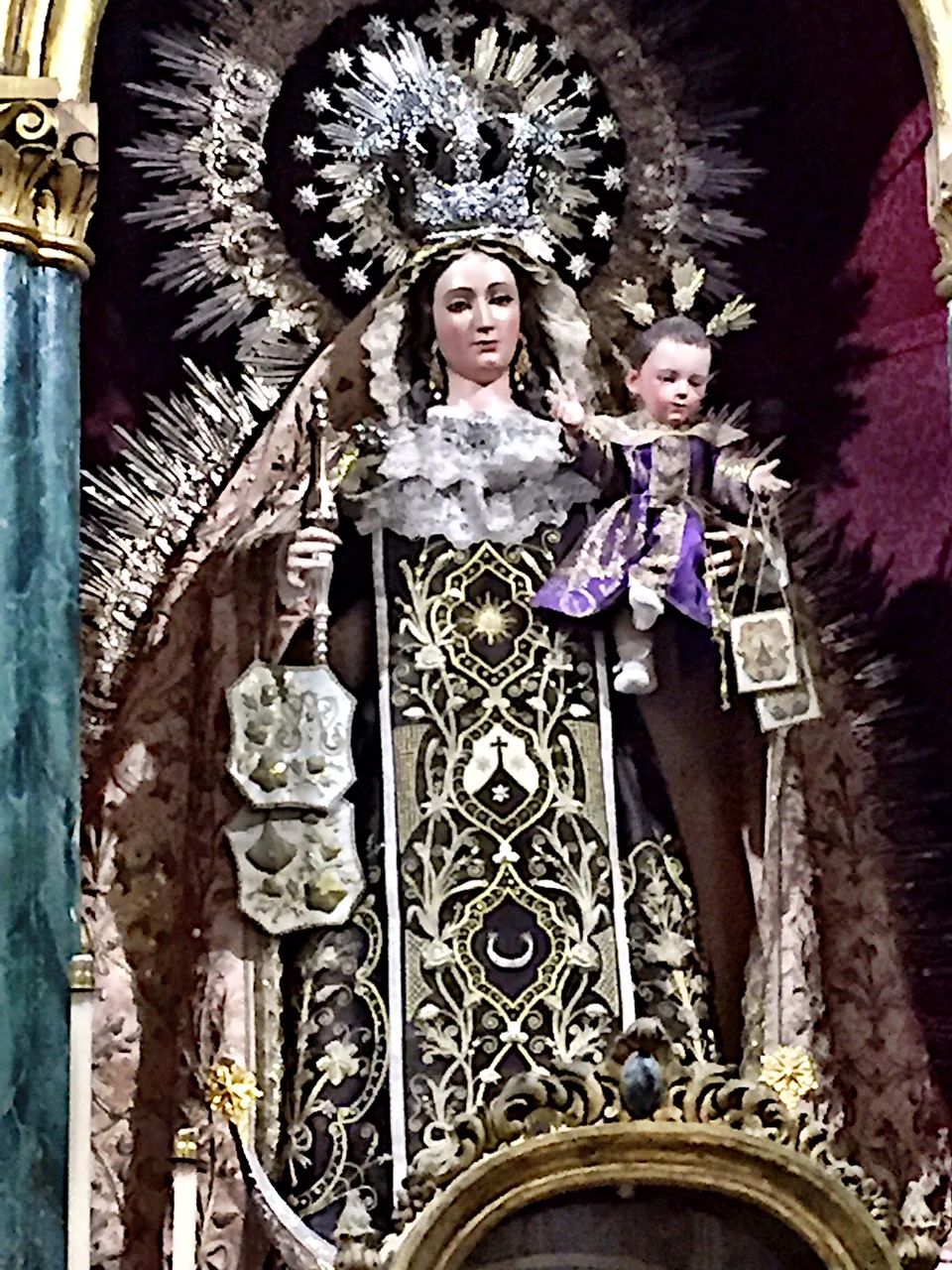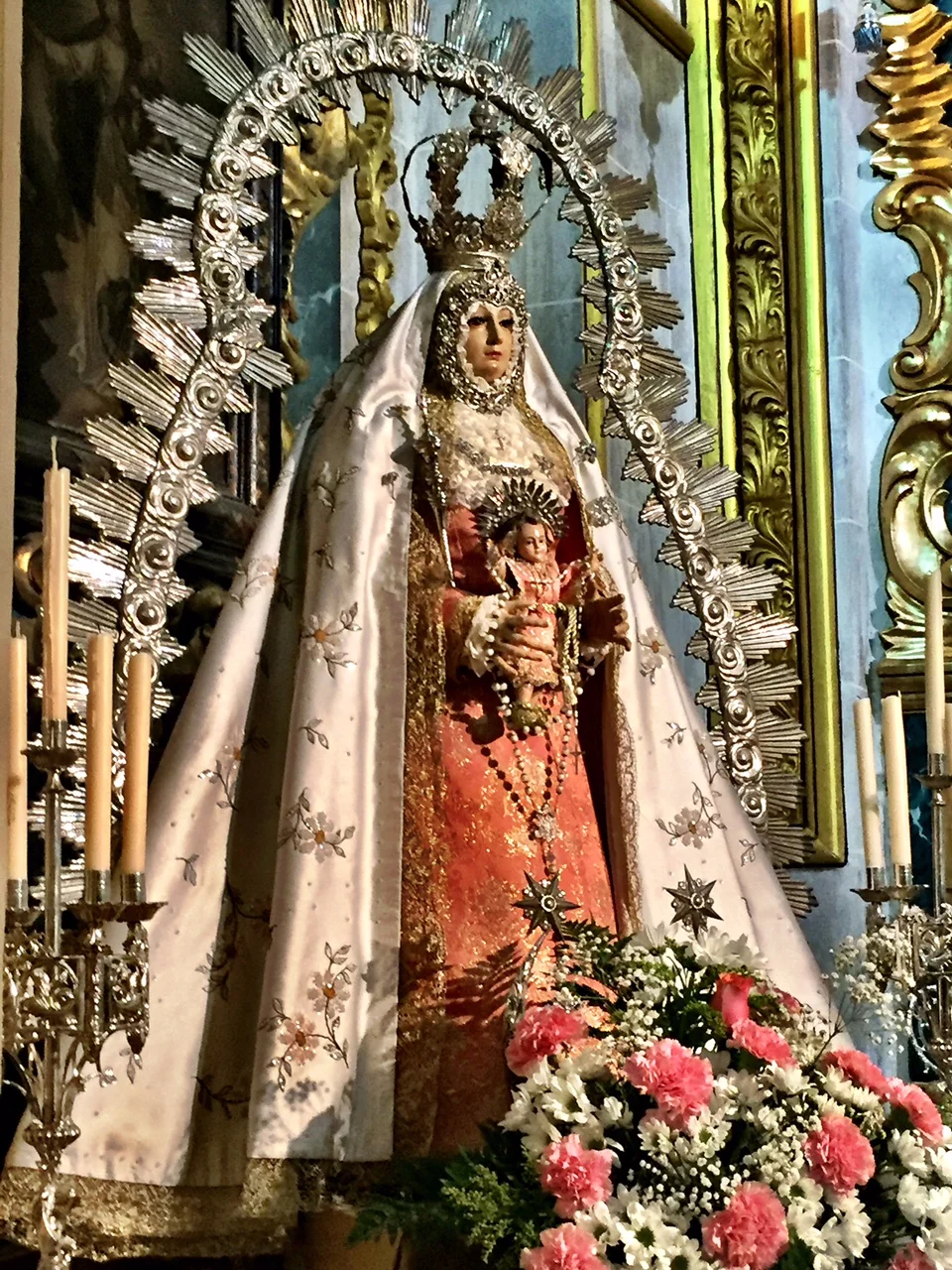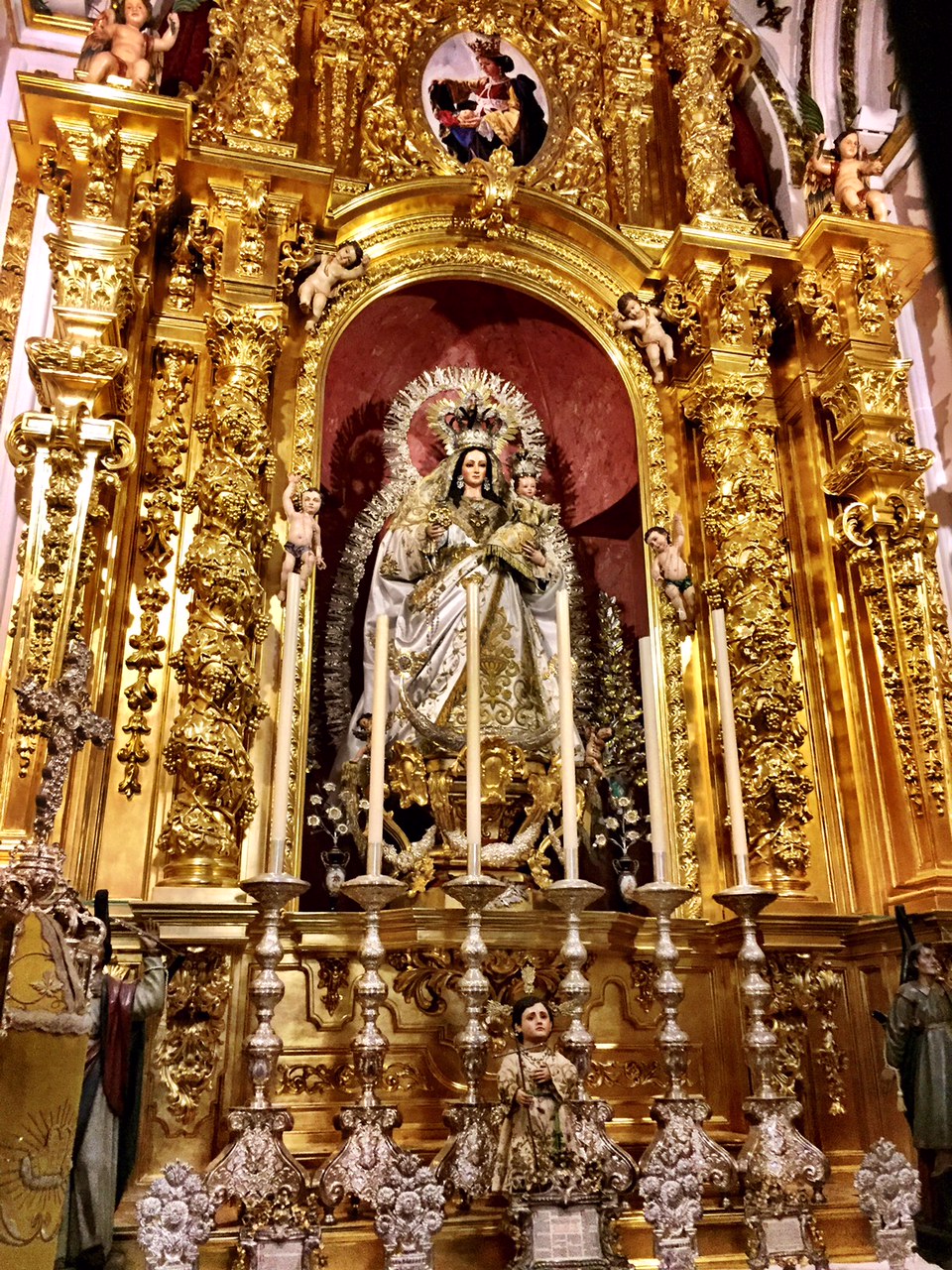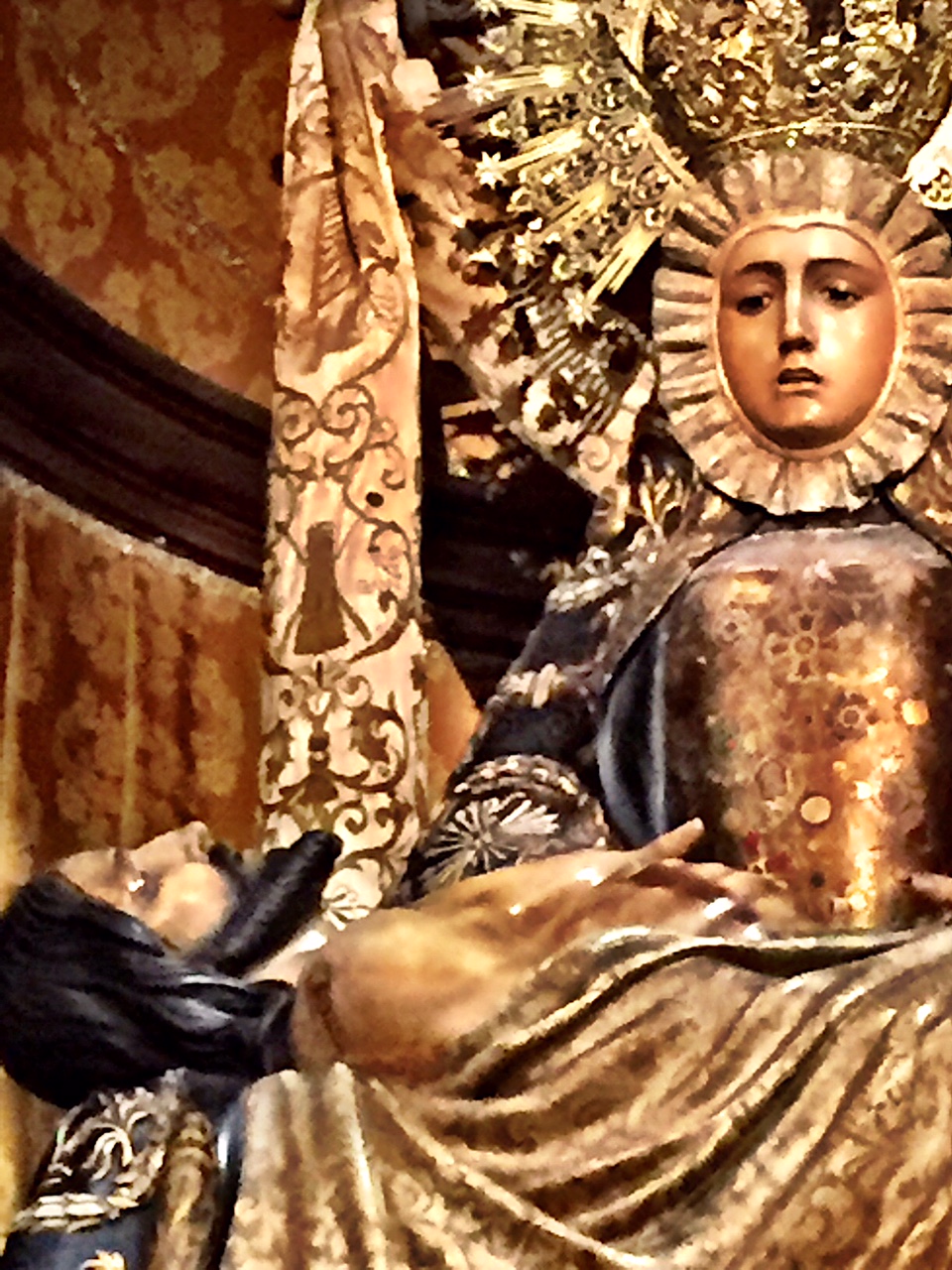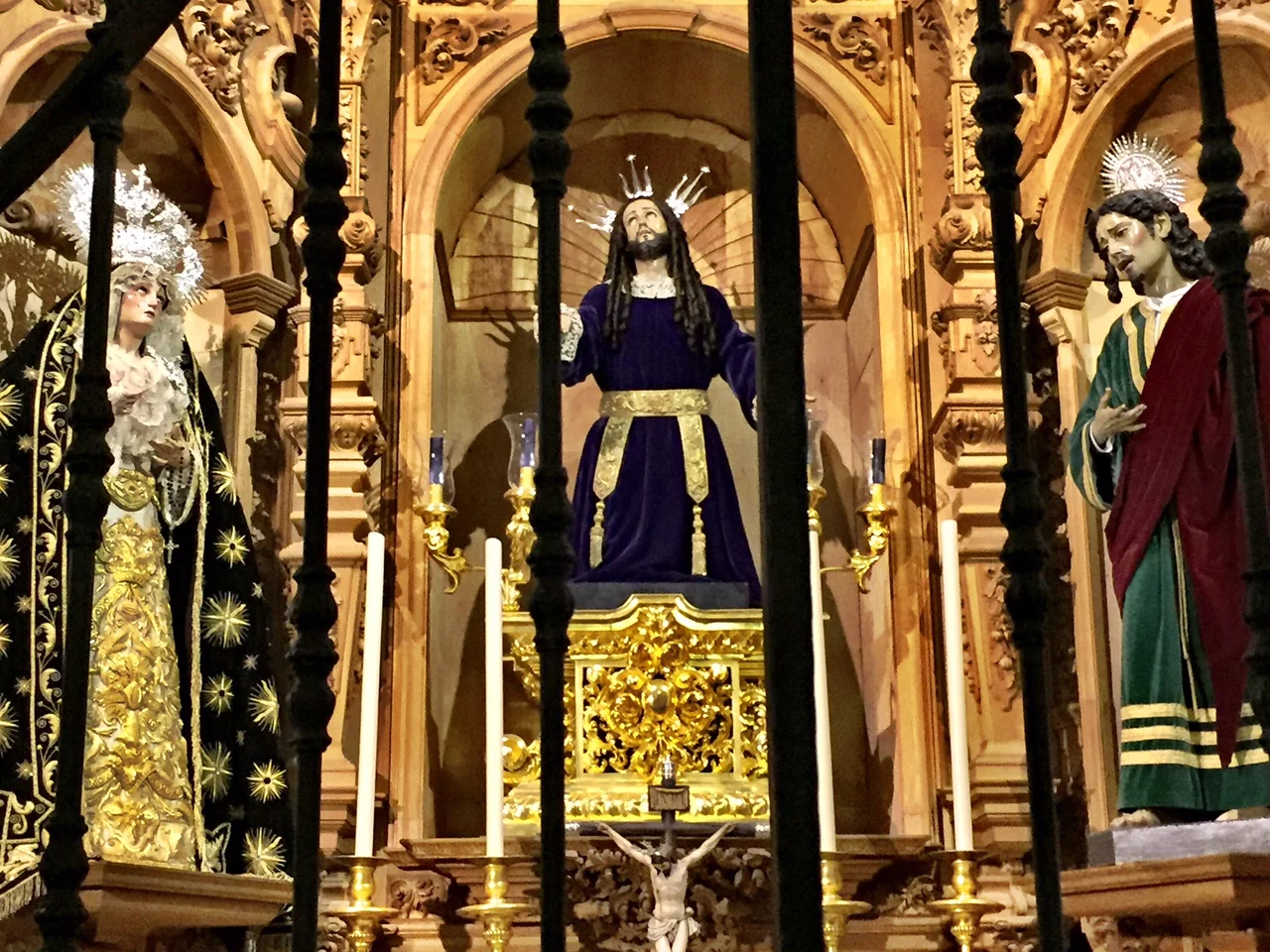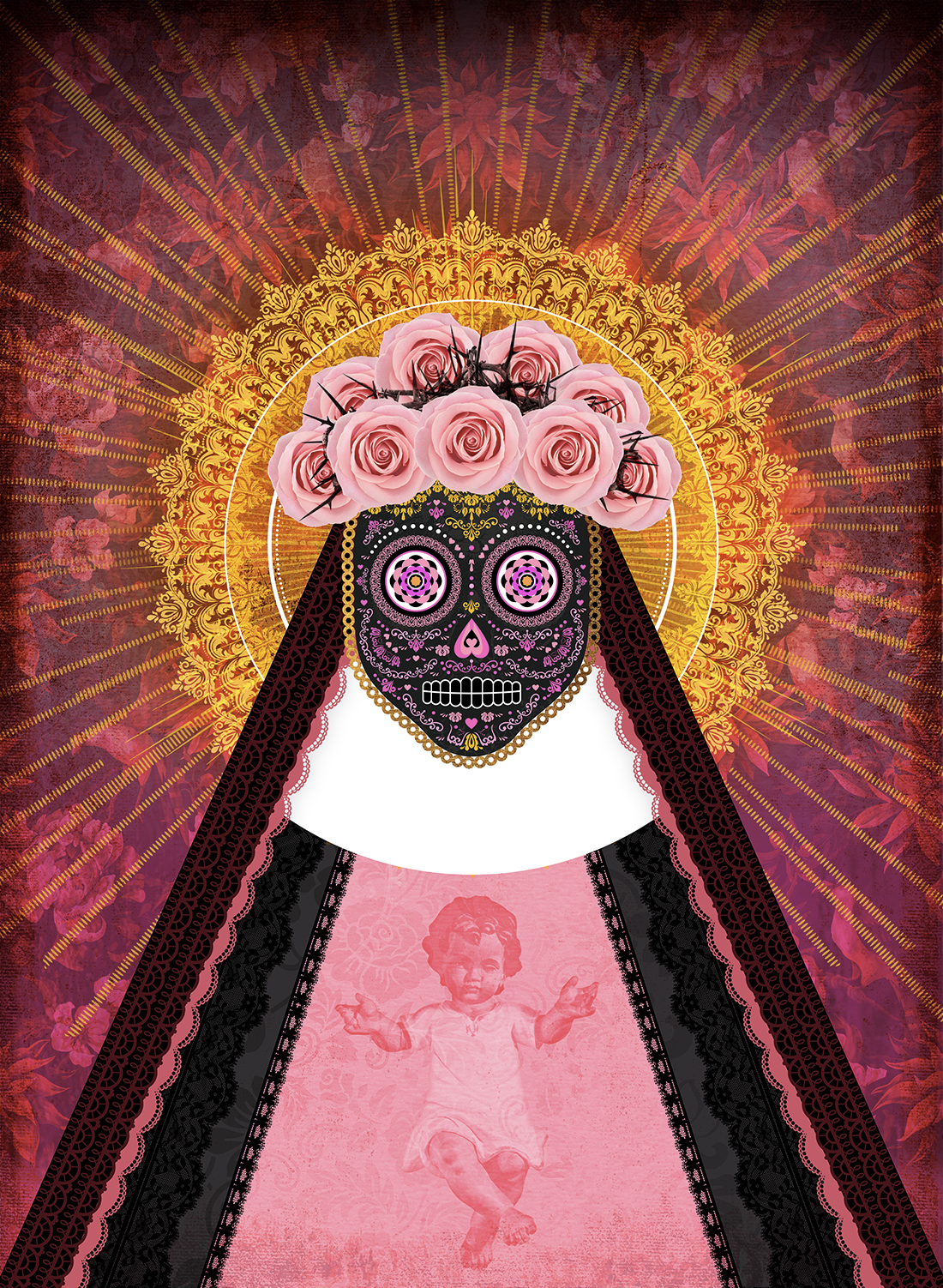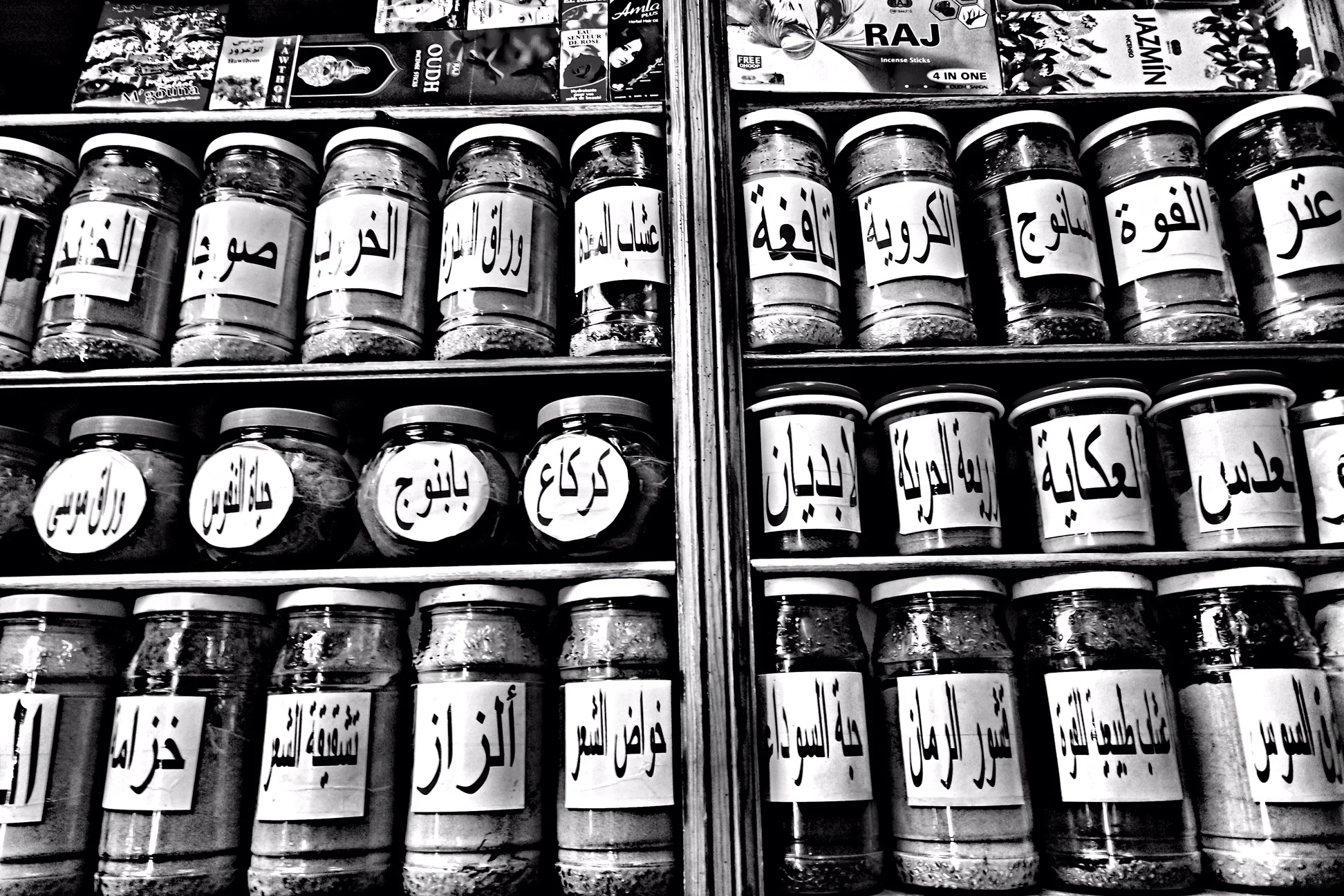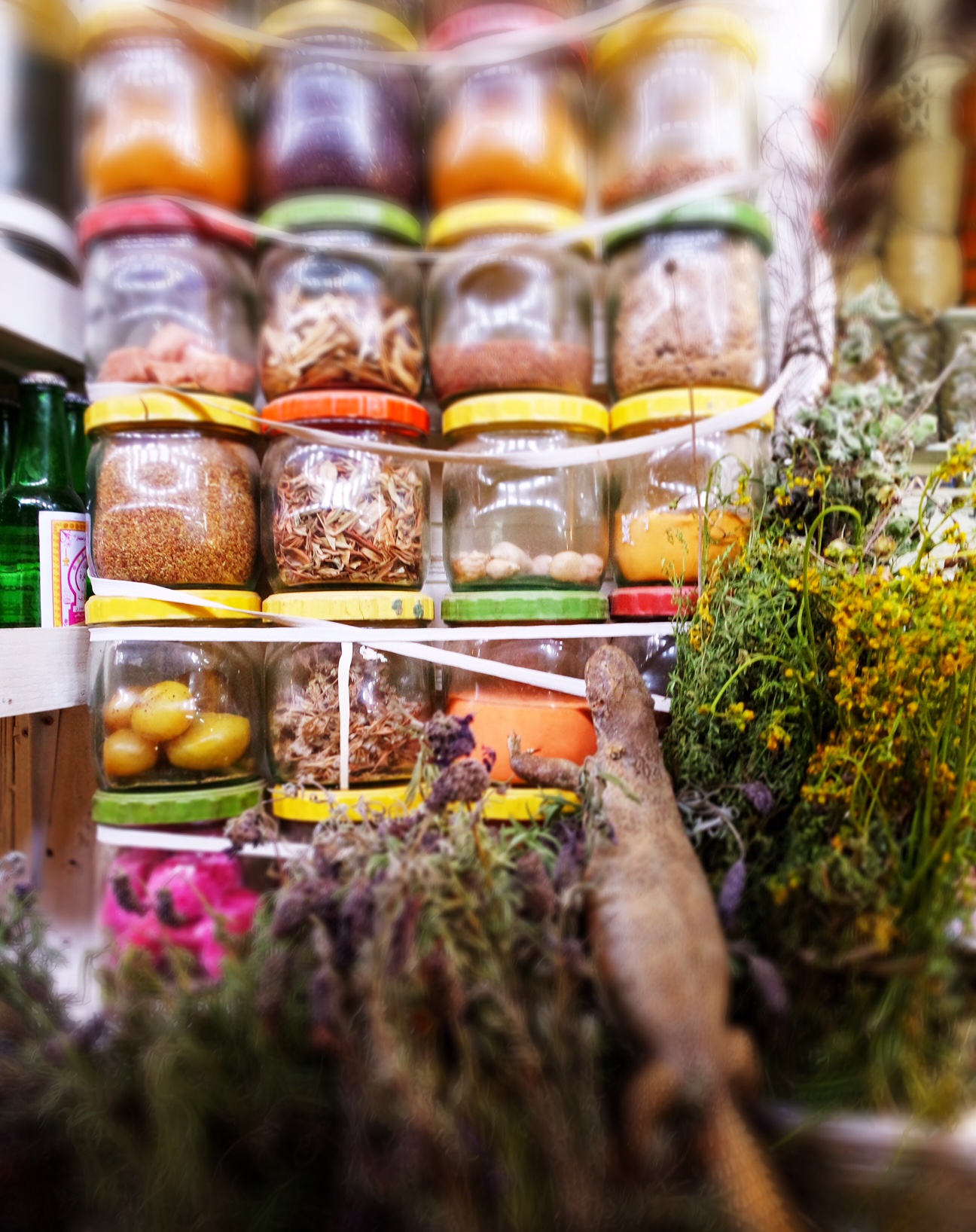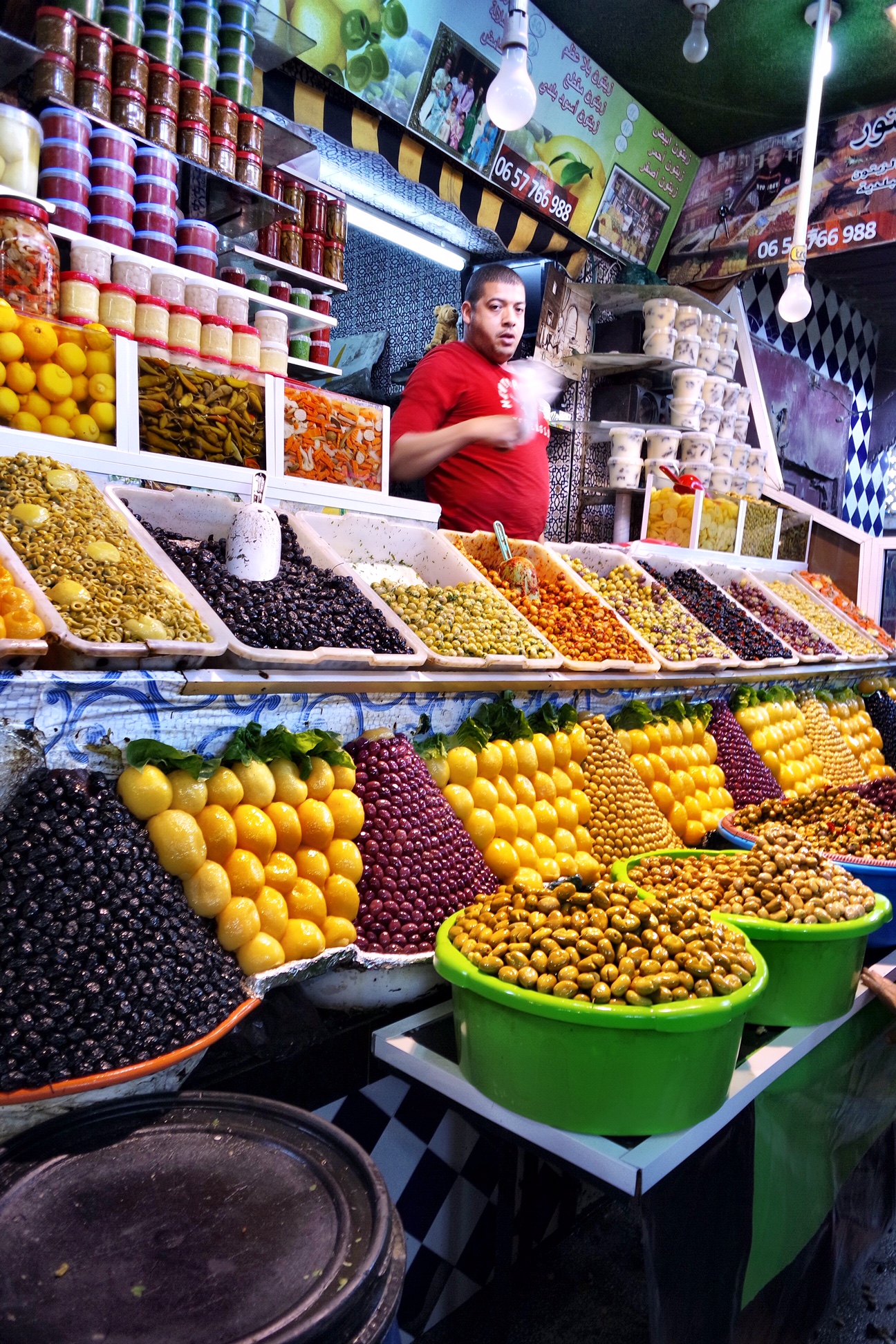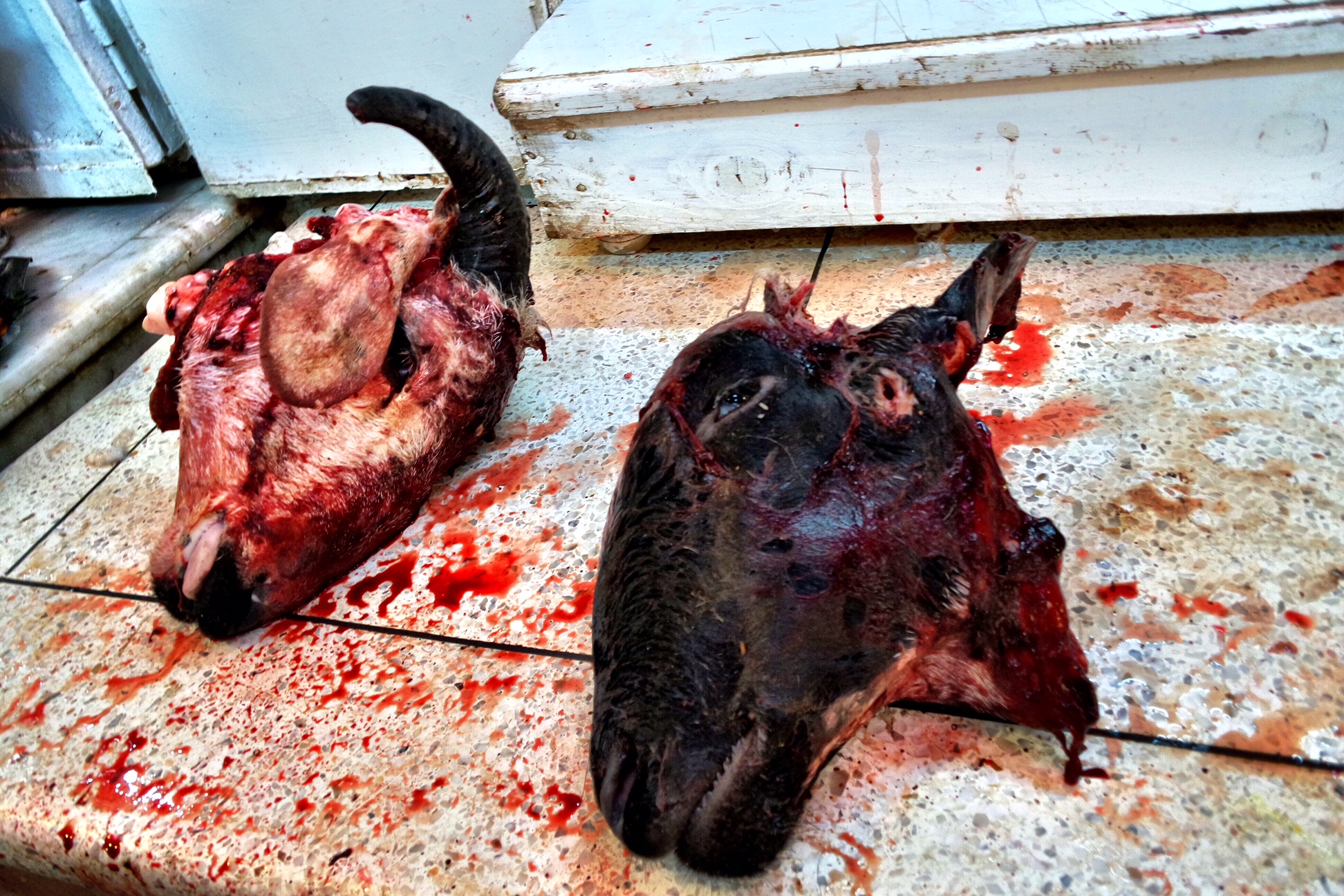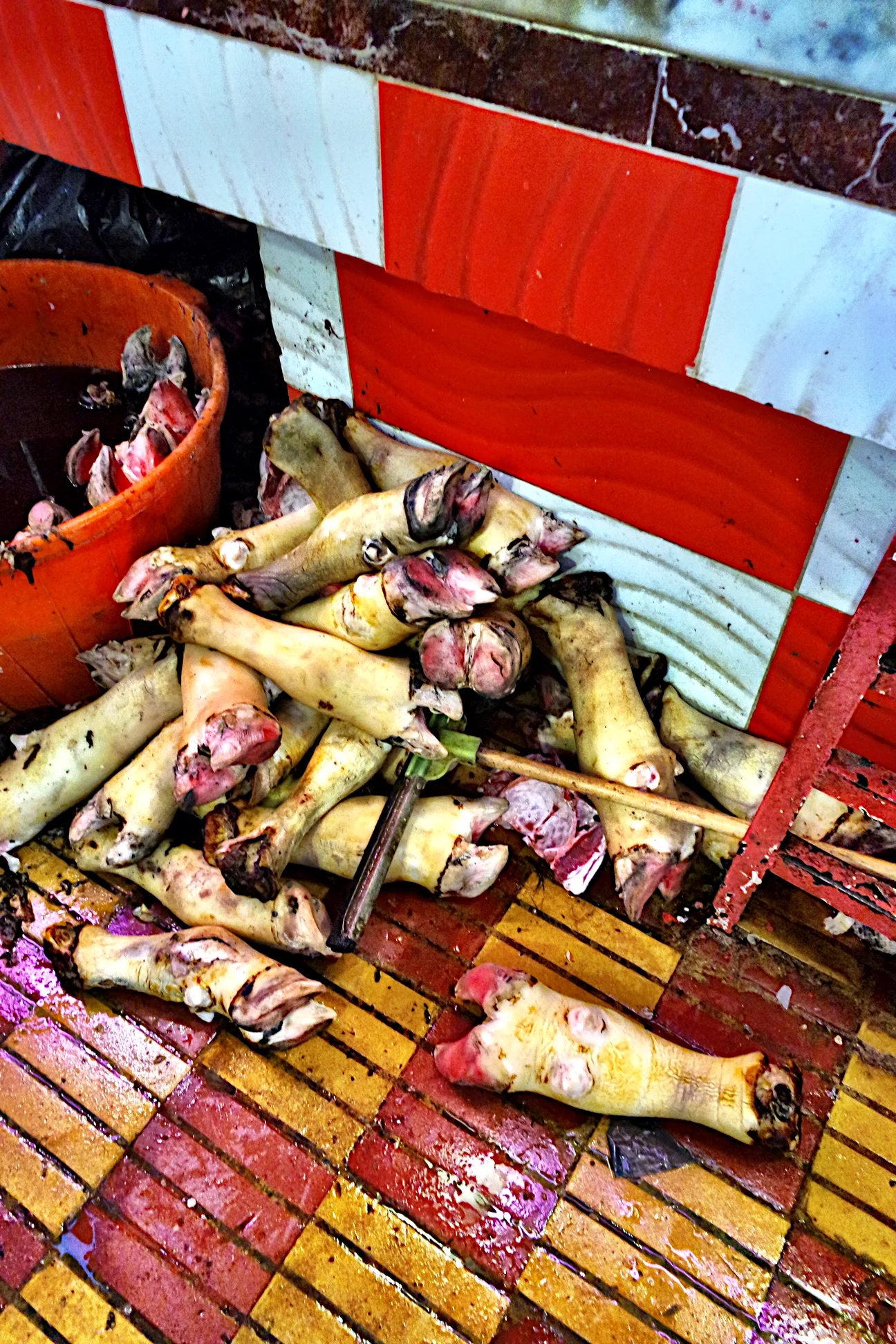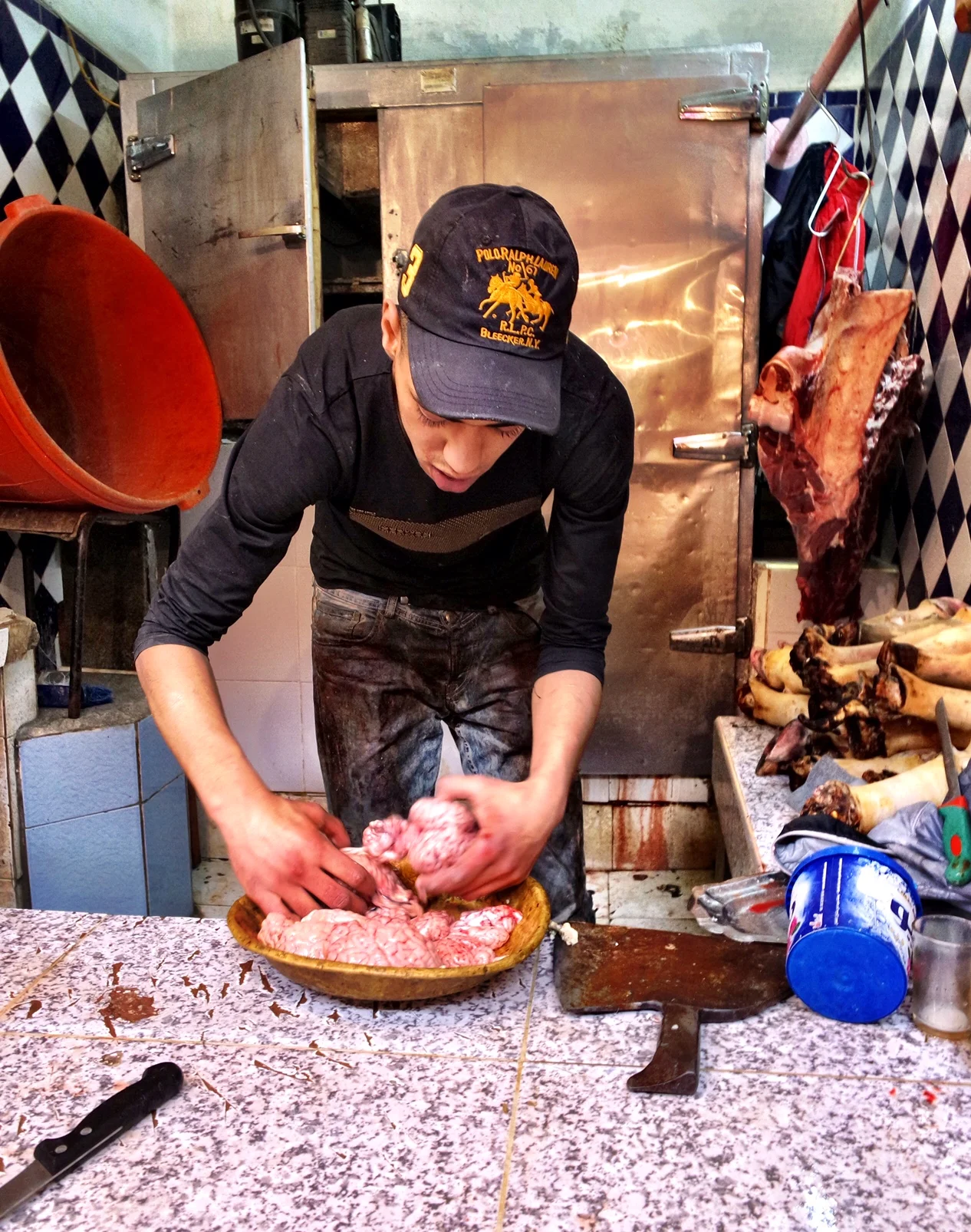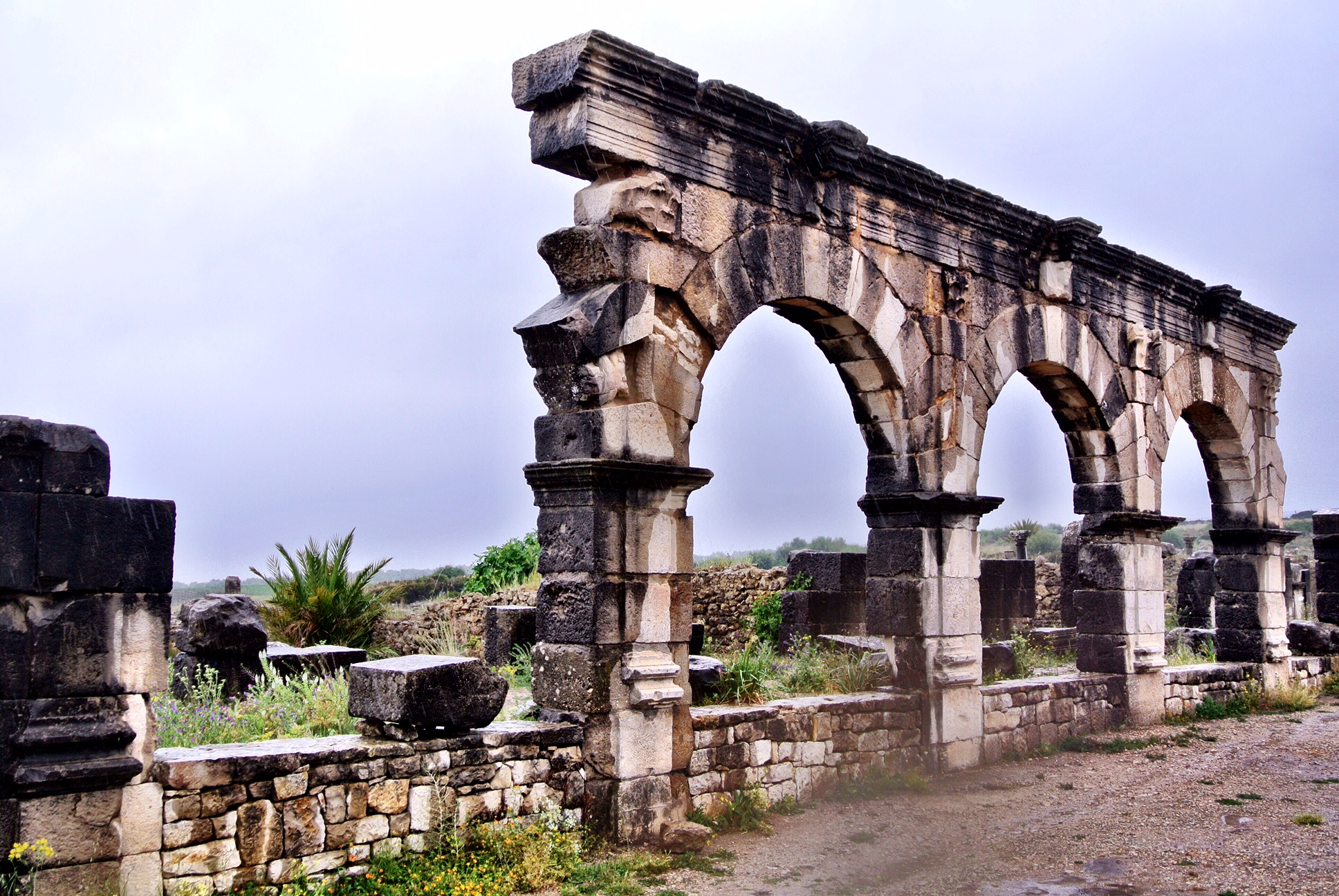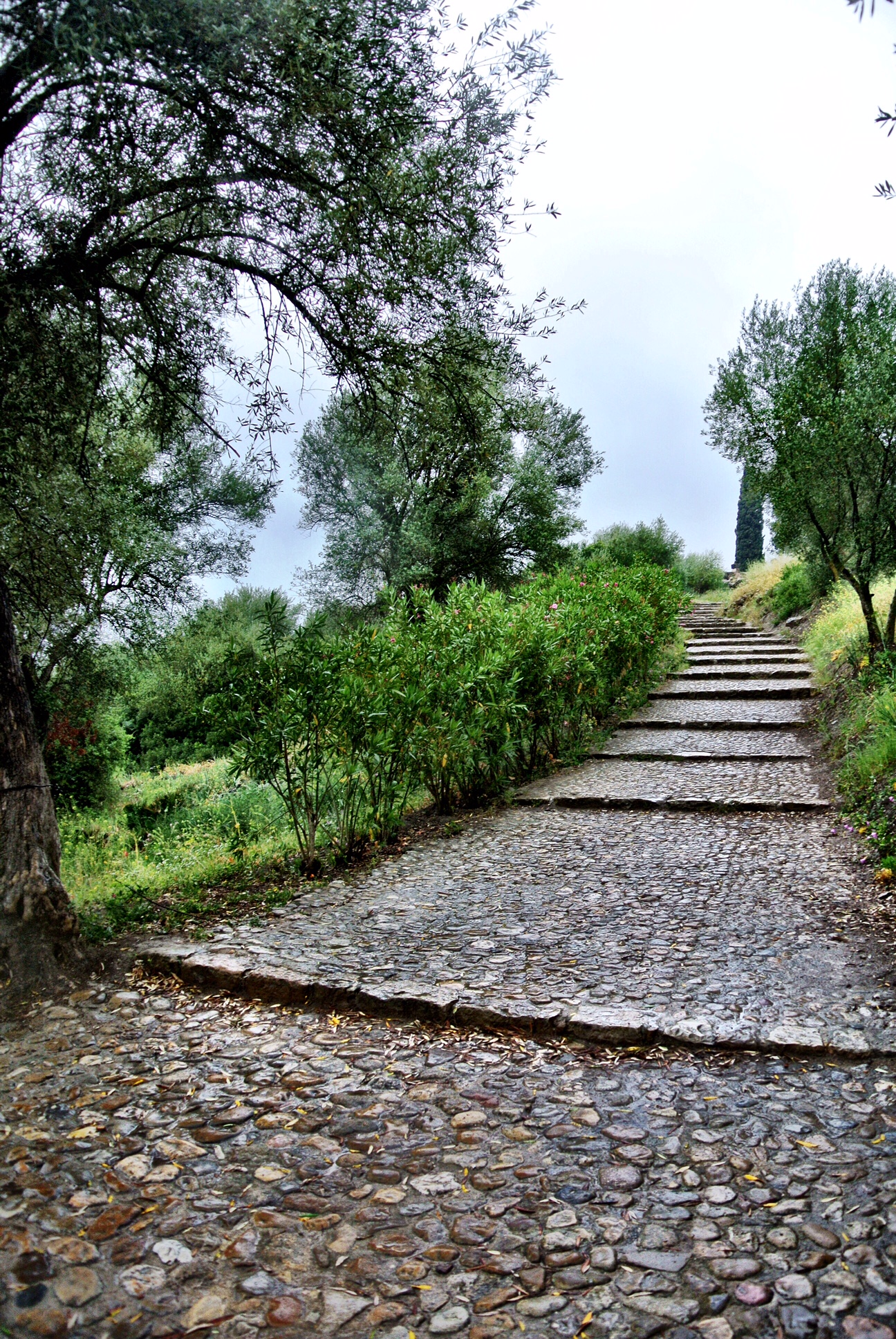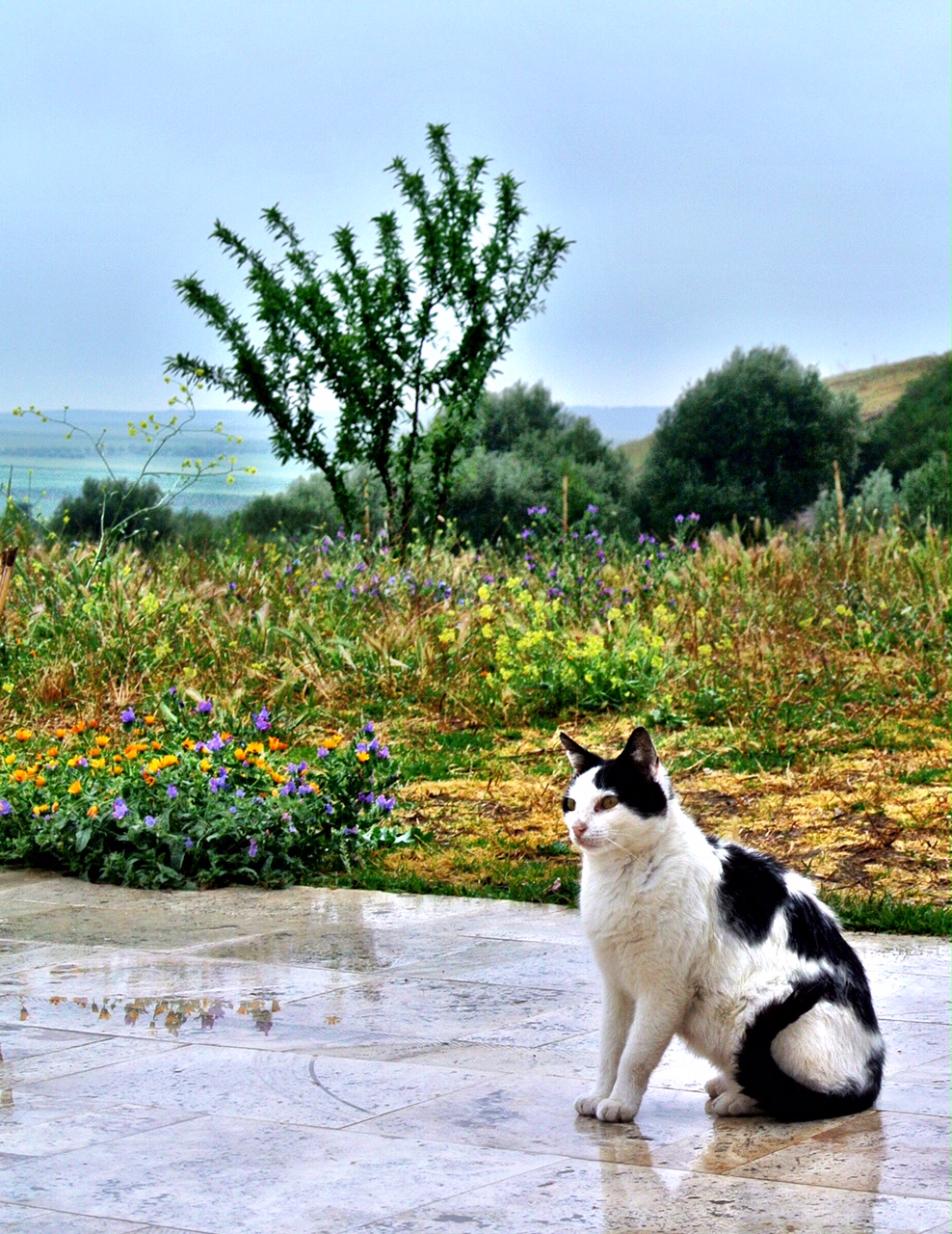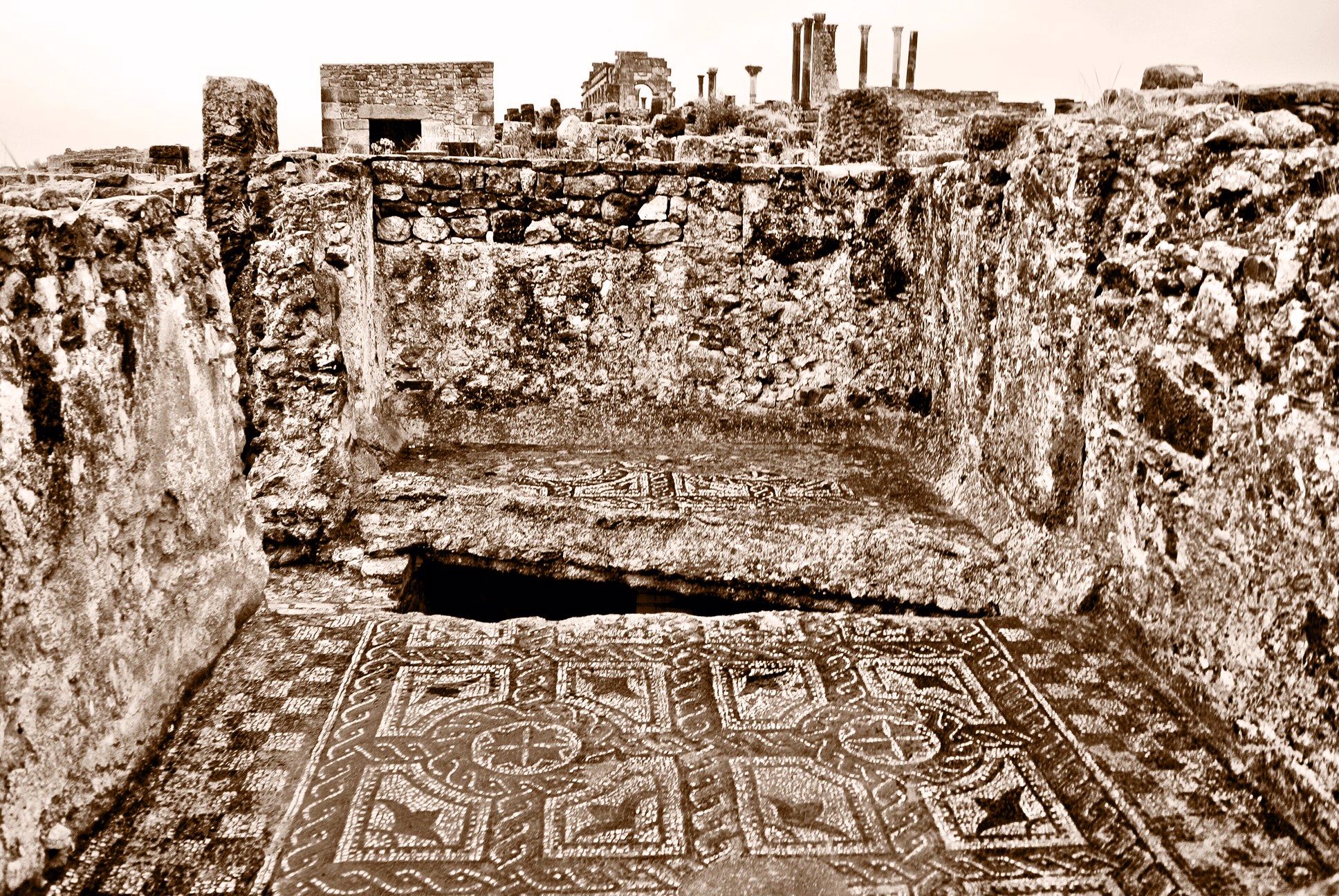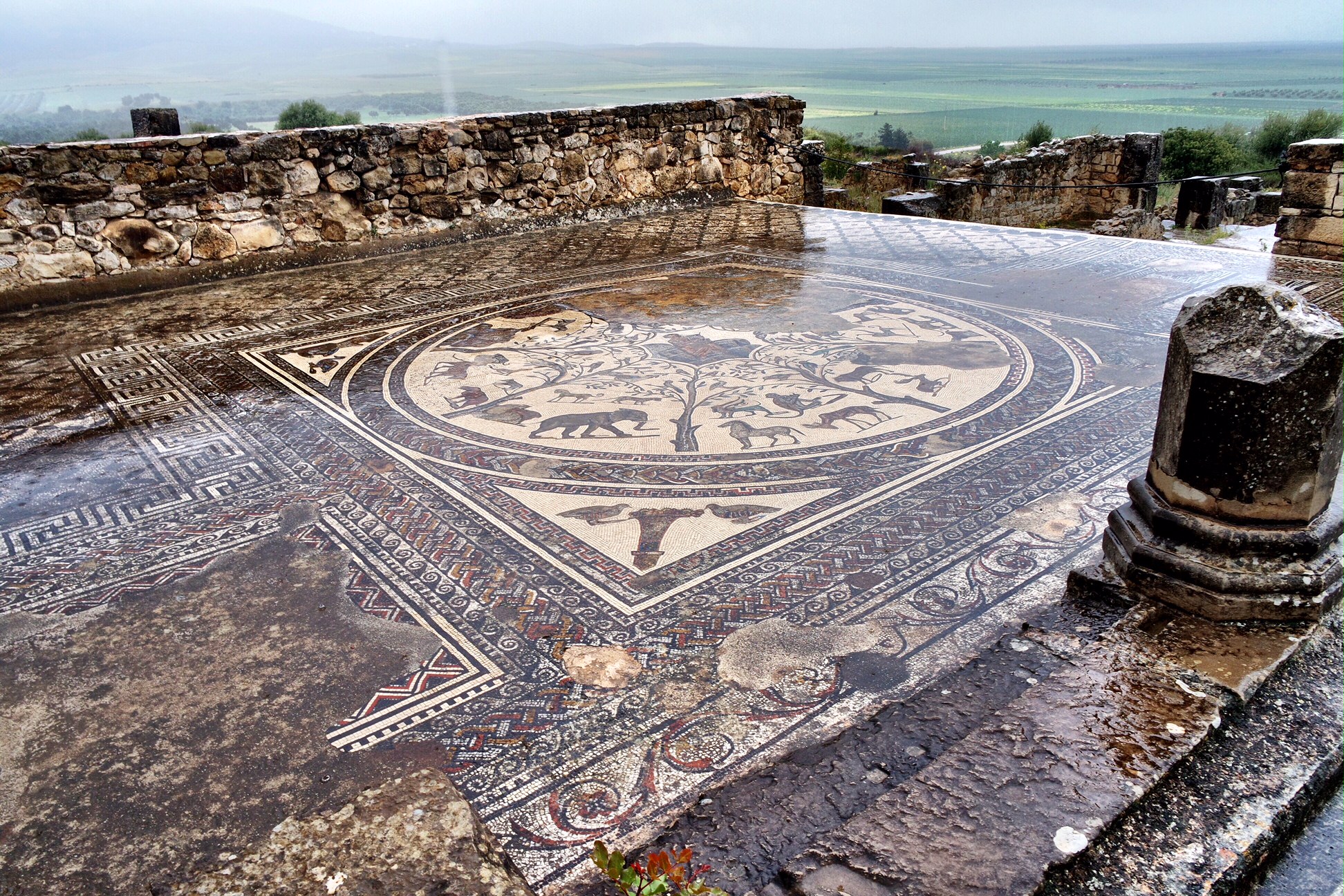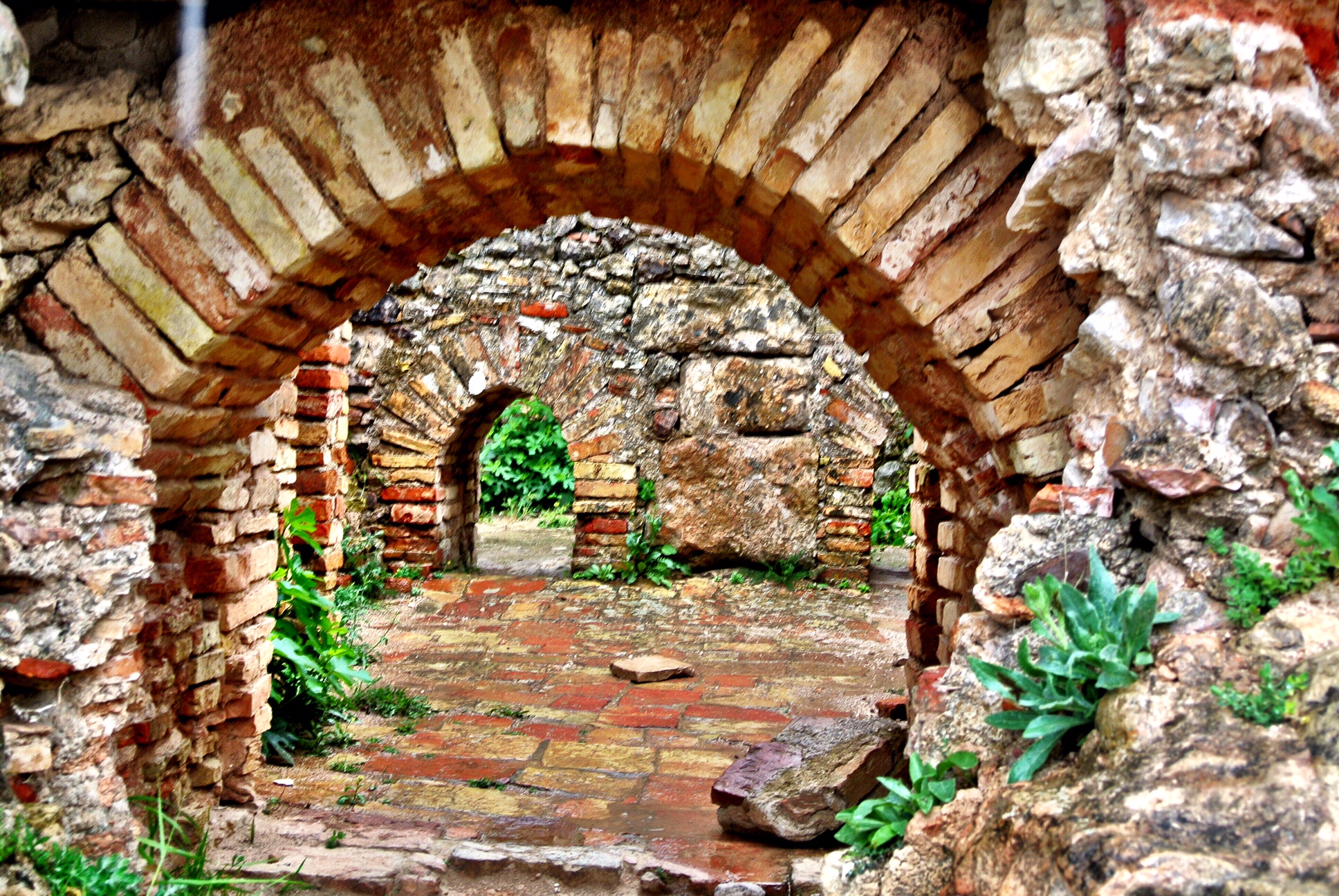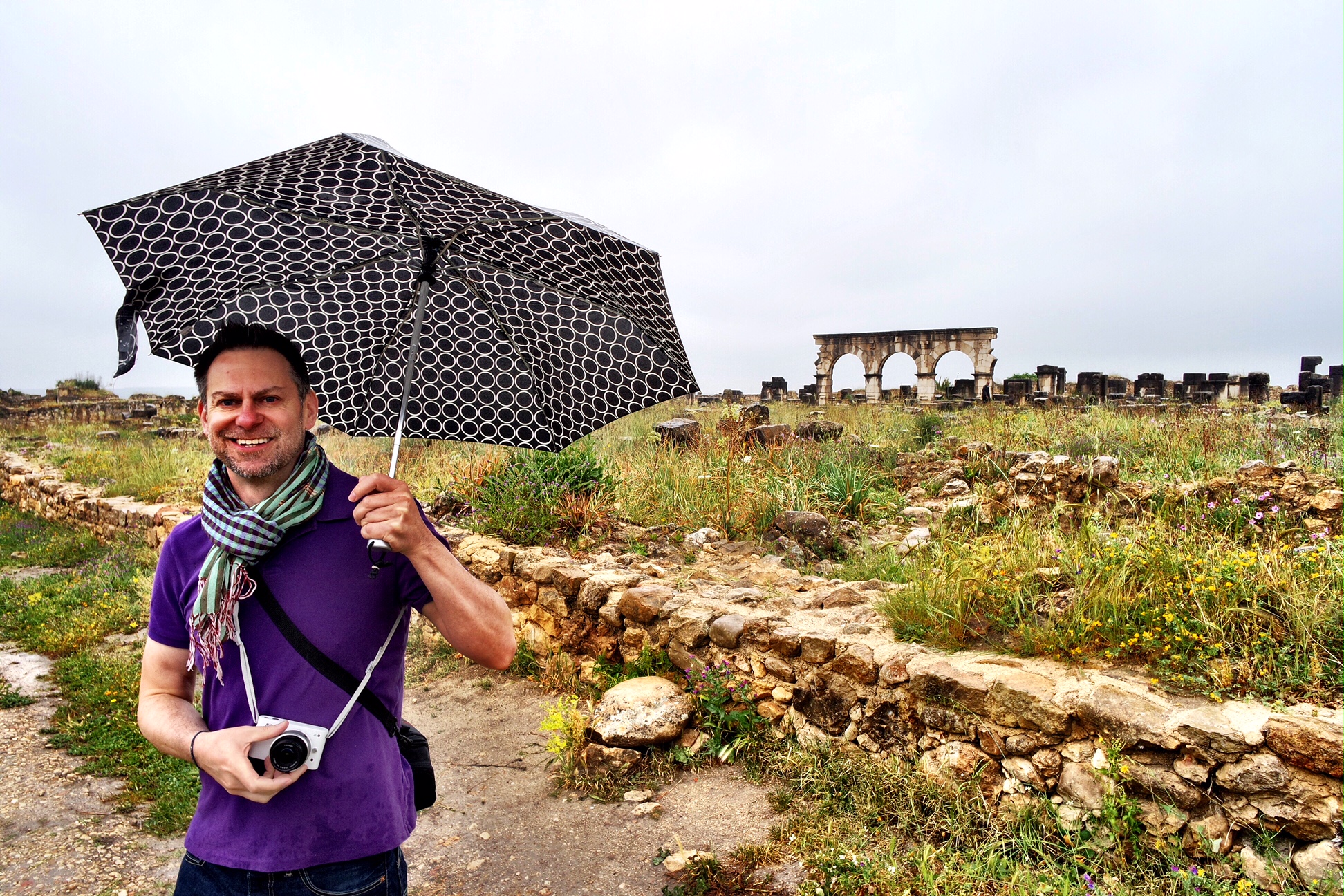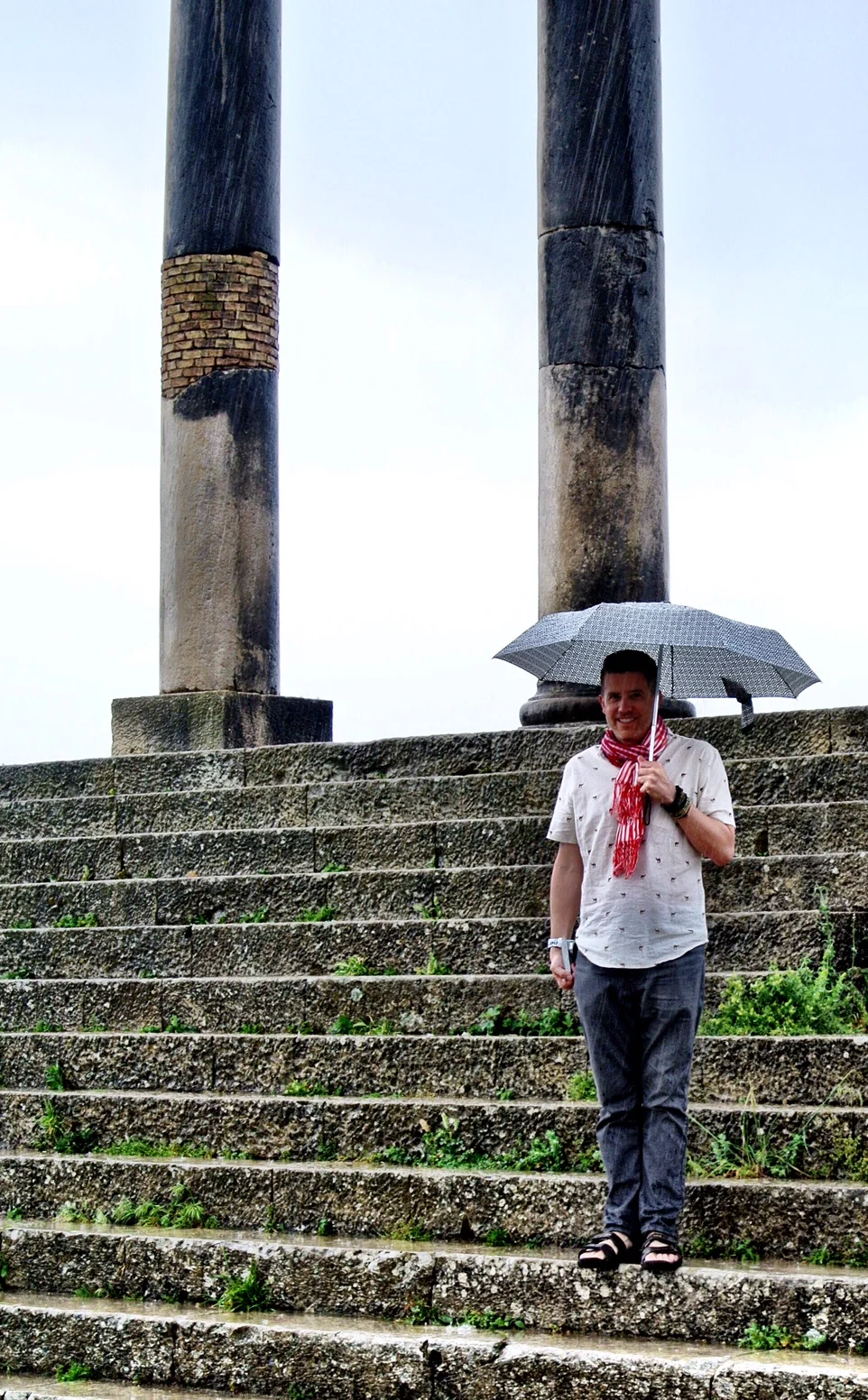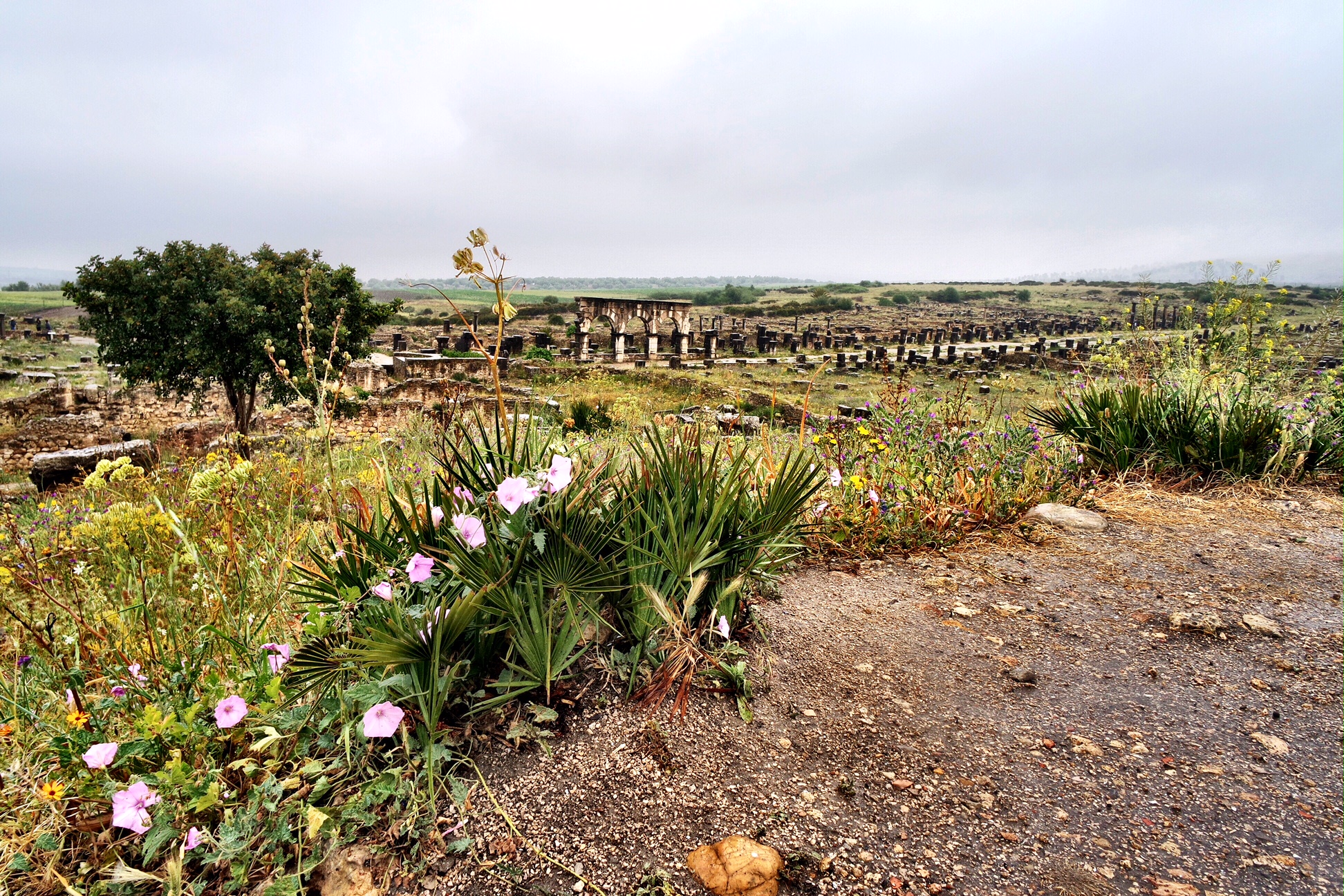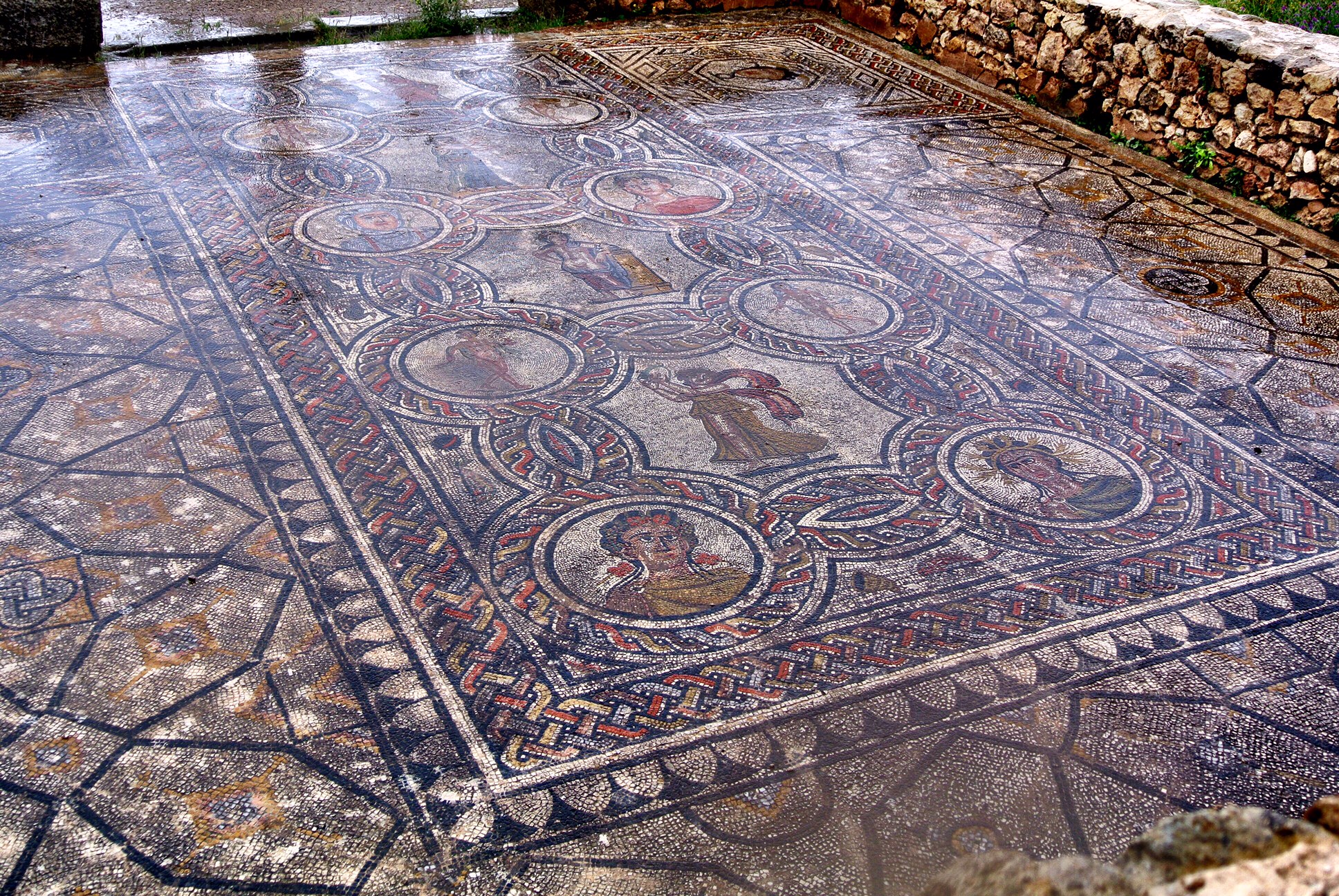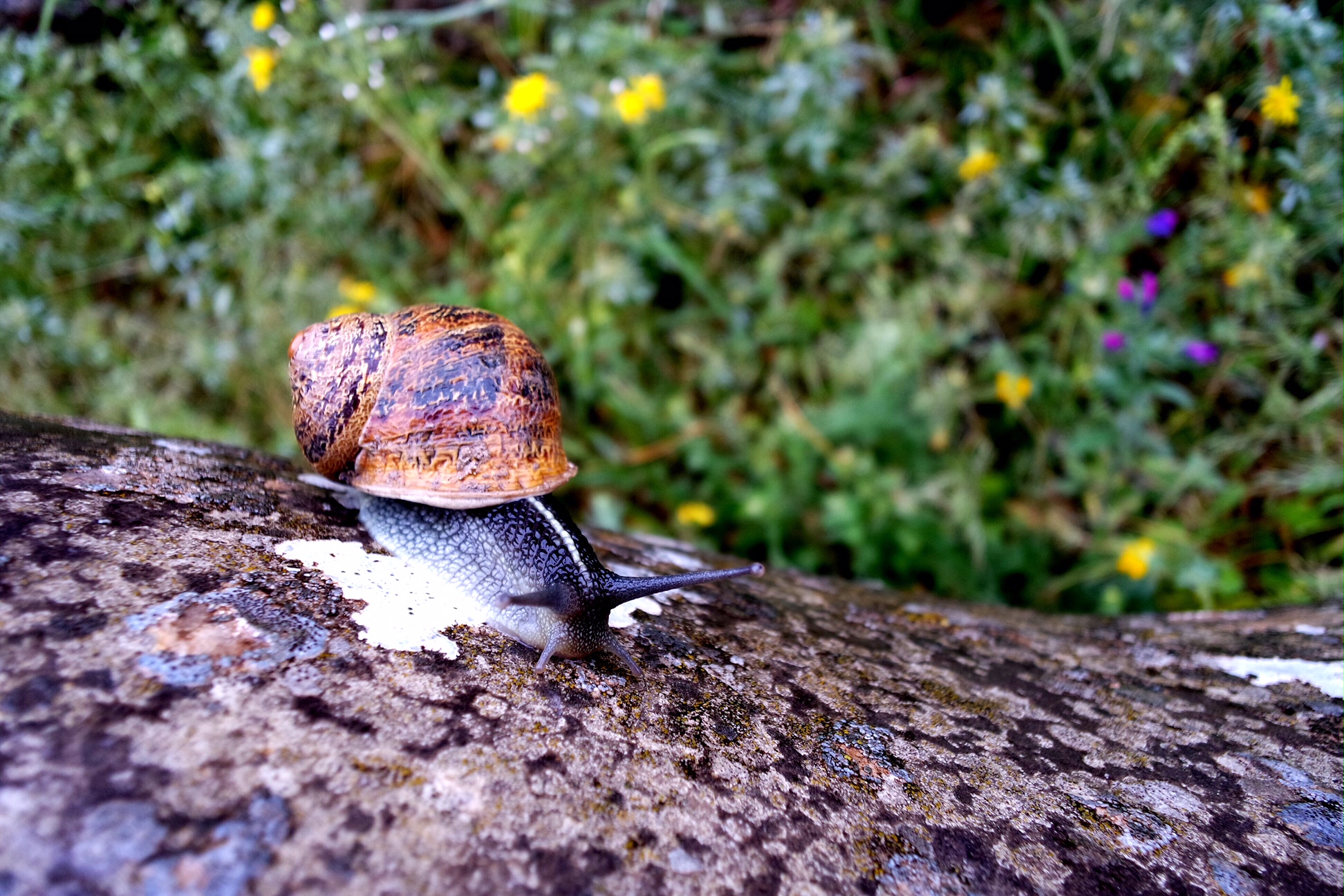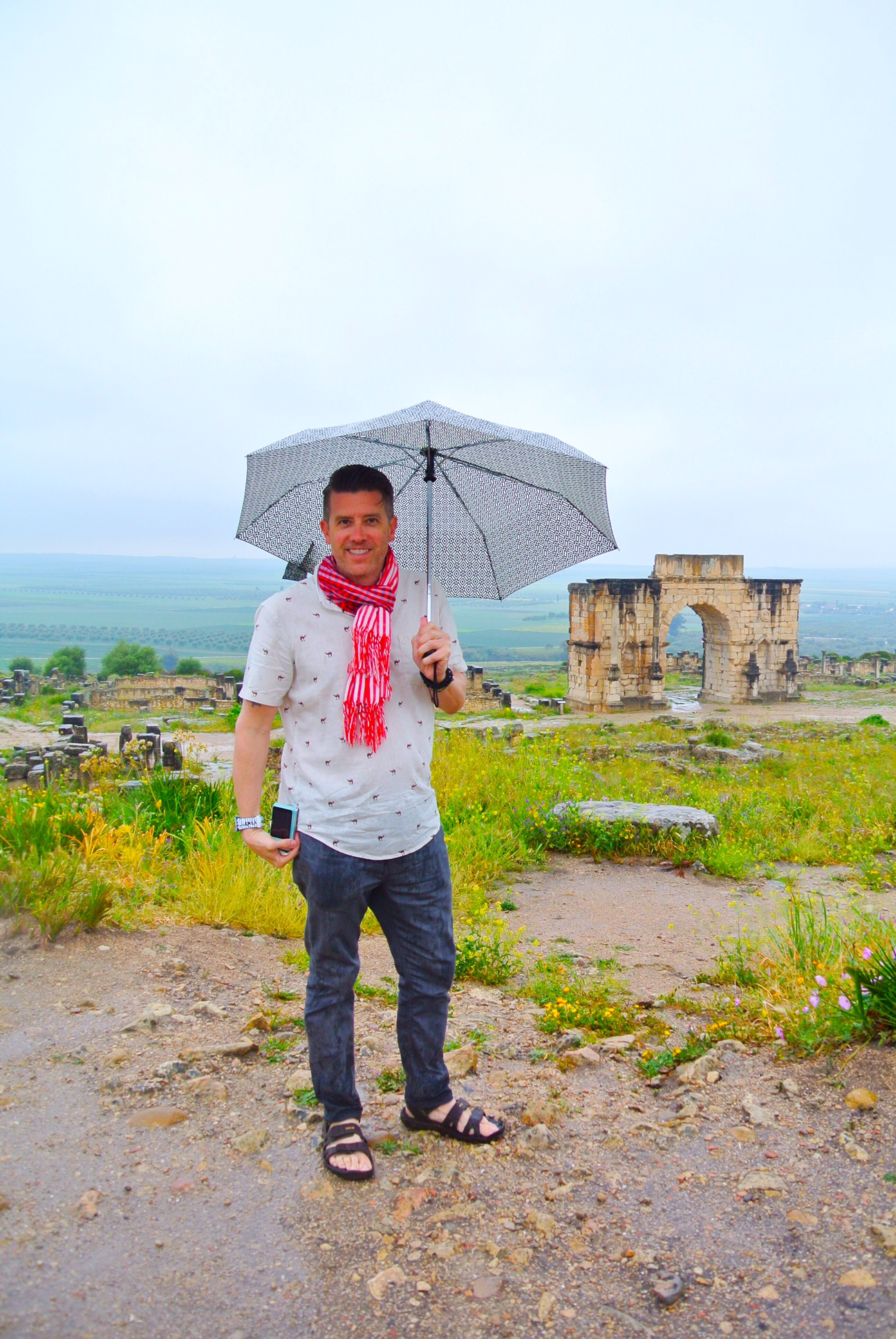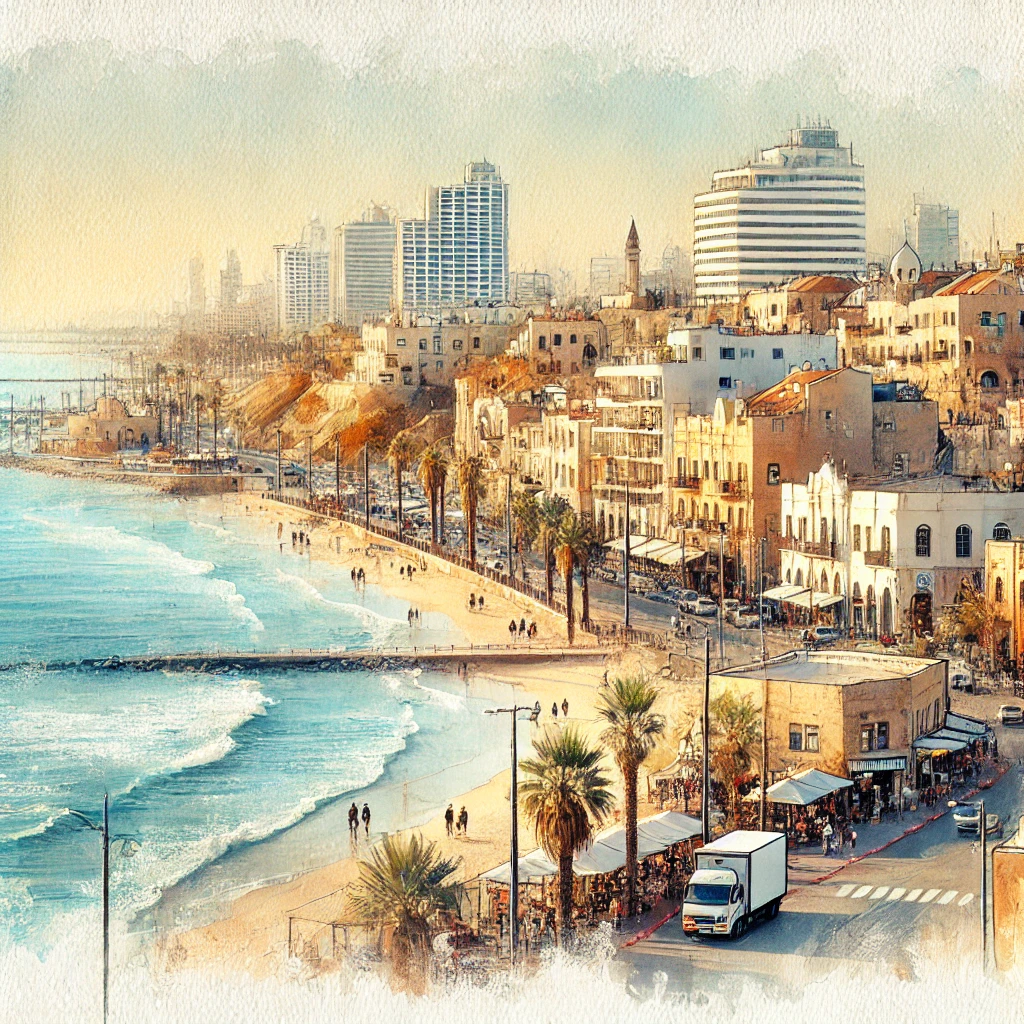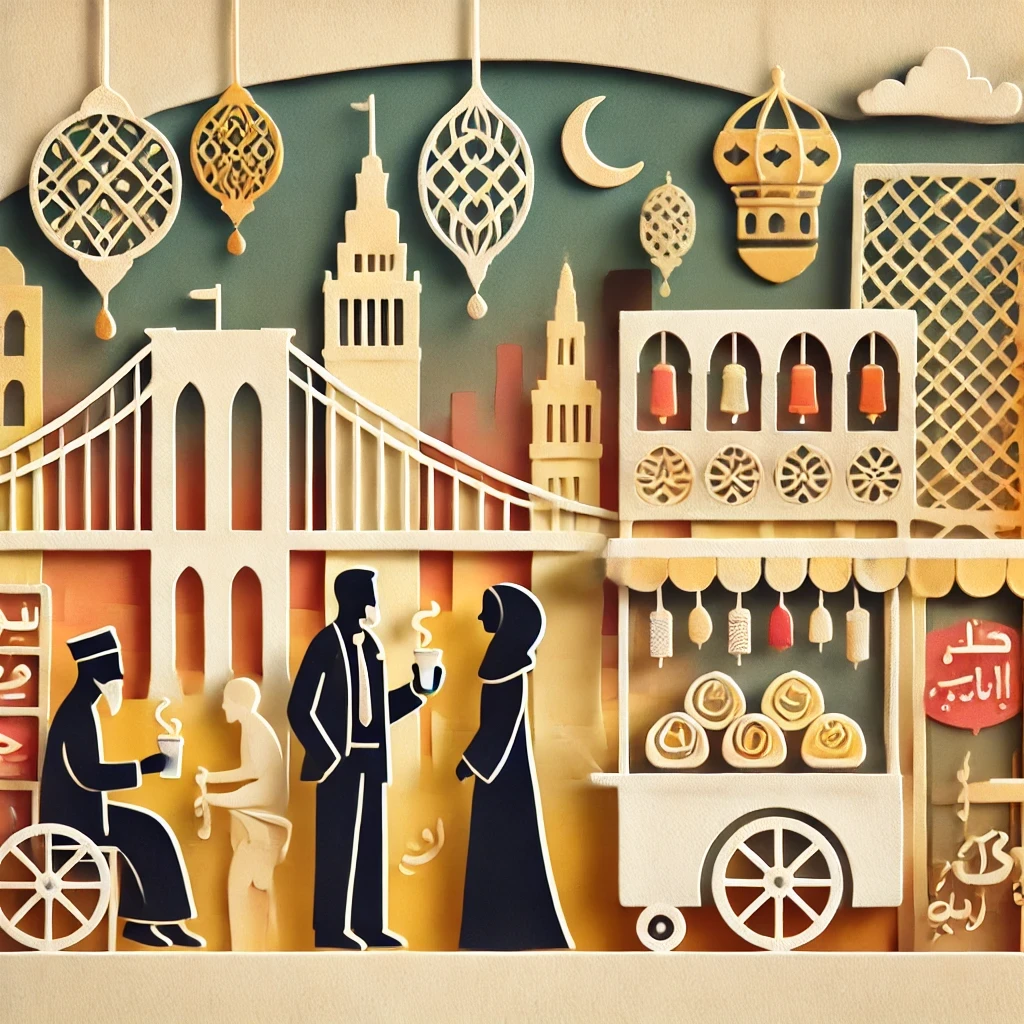The store itself is full of interesting items — all ridiculously overpriced
When shopping in Fez, there’s one store you absolutely should avoid.
Feeling euphoric from our experience at Fès Bleu Art, we passed through an alleyway and entered a shop with an ornate stucco ceiling decorated with stalactites resembling the honeycomb of a beehive.
The shopkeeper invited us in saying, “No obligation to buy — just look around.” Wally began taking pictures and I surveyed the merchandise. The shop really is fun to explore; it’s just that the owner makes the experience awful.
“He intimated that a powerful mafia ran the souk, stealing a portion of his profits. ”
When I paused to look at a stoneware inkwell decorated with Arabic calligraphy, the shopkeeper asked where I was from. I told him we were visiting from Chicago and really just looking.
He used a tactless ploy, telling me that he was Jewish and because of this he would offer us a fair price. He added that because we were his first customers we were obligated to purchase something.
“You have to buy something or you will have bad luck and I will have bad luck,” he told us. Charming.
He also intimated that a powerful mafia ran the souk, stealing a portion of his profits. There was nothing subtle or nuanced about his demeanor.
The shopkeeper does everything he can to finagle a sale, including pleading and, ultimately, cursing
I hadn’t expected to hear a shopkeeper speak this way, regardless of his personal opinion. I offhandedly asked how much he wanted for the inkwell, and he replied 3,500 dirham. I had also looked at a turquoise glazed stoneware basin oil lamp, which he quoted at 7,500 dirham. The basin had clearly broken off from its slender base and been reattached. He told us everything in his shop were artifacts. Honestly, I couldn't identify a valuable antique from an item that looks old, but clearly felt that this guy was duplicitous and trying to pull a fast one on me. I did sort of want the inkwell, but not for the equivalent of $350, so I put the objects down and told Wally we were leaving.
As we made our way towards the door the shop owner suddenly turned nasty, cursing us and muttering profanities under his breath.
We recommend that you do comparison shopping, as a neighboring shop may very well have the same item. We found one offering an array of beaded terracotta heads from Nigeria. We had purchased one in Marrakech three years prior for 250 dirham, and the shopkeeper in Fès started at 700. He also had some excellent bronzes and more than a few basin oil lamps, artifacts or otherwise — none of which were previously broken and all of which were a fraction of the price at the other store.
After exploring the cavernous shop (and escaping the clutches of the evil shopkeeper), flee out this door and back into the meandering medina
If you spot this short, dark-haired man in his pink plastic chair up the street from Place Seffarine, be on your guard. The prices are 10 times as high as they should be, and you just might face a curse from the tactless shopkeep. –Duke




